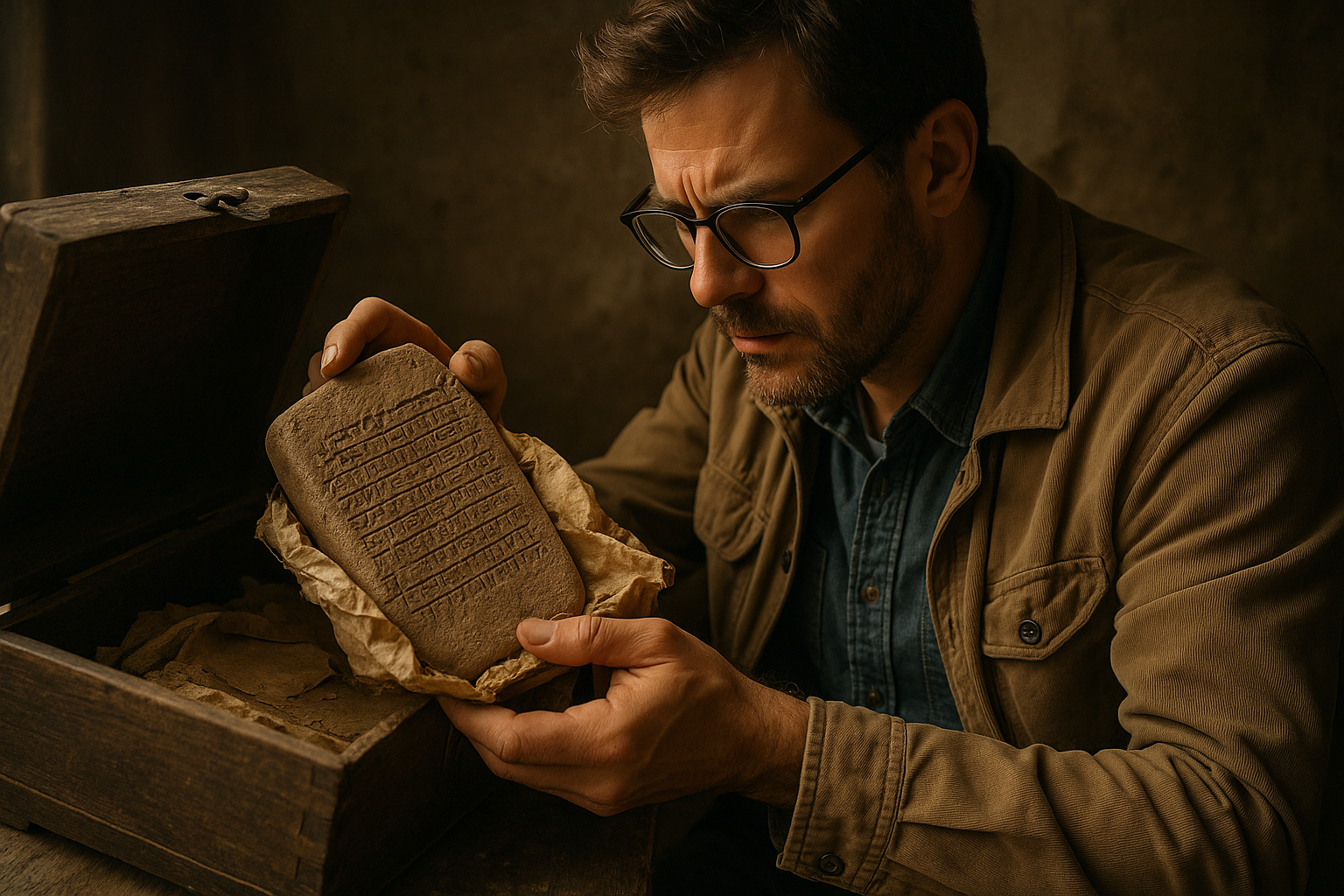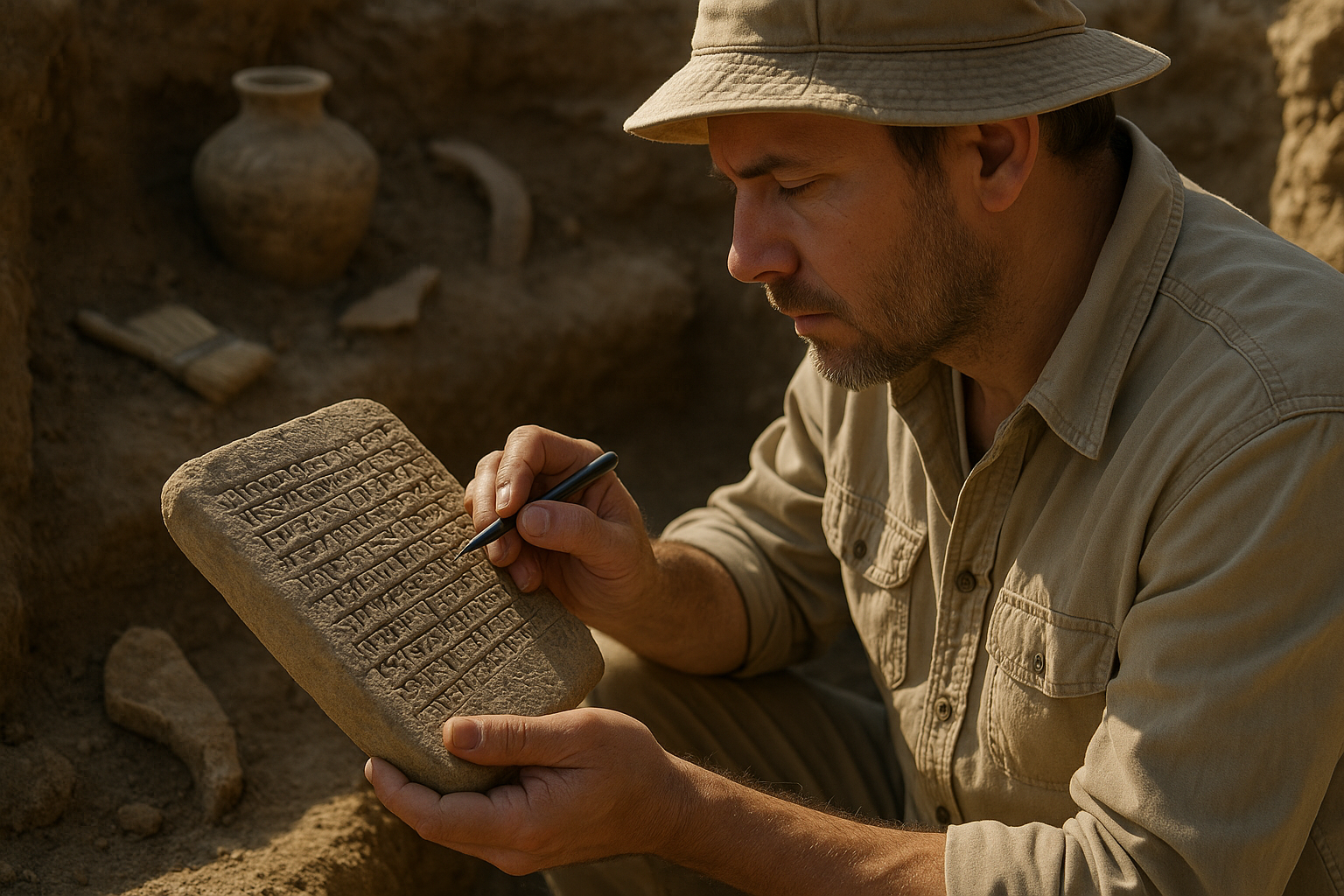Hidden within ancient monastery walls lie chronicles that have eluded historians for centuries, offering glimpses into forgotten spiritual traditions and lost civilizations.
📜 The Forgotten Archives of Medieval Monasteries
Throughout Europe, Asia, and the Middle East, monastic communities served as repositories of knowledge long before universities existed. These religious institutions meticulously documented events, spiritual practices, astronomical observations, and daily life in chronologies that spanned generations. Yet countless volumes remain undiscovered, misunderstood, or deliberately obscured by the passage of time.
Recent archaeological discoveries and advanced imaging technologies have begun revealing these lost monastic chronologies, shedding light on historical gaps that have puzzled scholars for generations. From remote Himalayan monasteries to crumbling European abbeys, these recovered texts are rewriting our understanding of medieval life, religious practices, and the interconnected nature of ancient civilizations.
The significance of these findings extends far beyond academic circles. Lost monastic chronologies contain practical wisdom about sustainable living, herbal medicine, conflict resolution, and community organization that remains remarkably relevant in our modern world. They also preserve languages, dialects, and cultural practices that would otherwise be completely forgotten.
🔍 Groundbreaking Discovery Methods
The revelation of lost monastic chronologies has accelerated dramatically in recent years thanks to technological innovations that allow researchers to read texts without physically touching fragile manuscripts. Multispectral imaging captures documents across different wavelengths of light, revealing erased or faded text invisible to the naked eye.
X-ray fluorescence imaging identifies the chemical composition of inks, helping scholars distinguish between different layers of writing on palimpsests—recycled parchments where earlier texts were scraped away to make room for new writings. This technique has uncovered hidden chronologies beneath seemingly ordinary religious texts.
Ground-penetrating radar and LIDAR technology have identified hidden chambers within monastery complexes where additional manuscripts may be preserved. Several monasteries in Greece, Armenia, and Ethiopia have yielded unexpected library rooms sealed for centuries, protecting their contents from environmental damage and human interference.
Digital Humanities and Collaborative Research
International databases now allow scholars worldwide to compare manuscript fragments, identifying connections between documents housed in different collections. This collaborative approach has reunited scattered pages from single chronologies that were separated during wars, reforms, or institutional dissolutions.
Machine learning algorithms trained to recognize medieval handwriting styles can now process thousands of manuscript pages in days, identifying patterns and connections that would take human researchers decades to discover. These artificial intelligence tools have revealed previously unnoticed chronological sequences across multiple manuscripts.
⛪ Notable Recovered Chronologies
Among the most significant discoveries are the Syrian monastic chronicles from the sixth through eighth centuries, which provide eyewitness accounts of the Islamic expansion, offering perspectives that complement and sometimes contradict traditional historical narratives. These texts reveal sophisticated diplomatic exchanges and cultural融合 between Christian monastic communities and early Islamic authorities.
In Tibet, recently translated manuscripts from the Samye Monastery complex document astronomical observations and mathematical calculations that demonstrate advanced scientific knowledge centuries before similar discoveries in Europe. These chronologies include detailed records of celestial events, agricultural cycles, and medicinal plant cultivation practices.
Irish monastic annals discovered in Continental European libraries reveal extensive maritime networks connecting Irish monks with communities throughout the Mediterranean and possibly even North America, supporting controversial theories about pre-Columbian transatlantic contact.
The Mystery of the Skellig Michael Fragments
Off the coast of Ireland, the remote monastery of Skellig Michael has yielded fragmentary chronologies suggesting connections to Coptic Egyptian monasticism. The writing style, astronomical references, and liturgical practices described in these fragments indicate knowledge exchange across vast distances during the early medieval period.
These discoveries challenge conventional historical timelines about when and how different monastic traditions influenced each other, suggesting far more sophisticated communication networks than previously believed.
🌏 Geographic Distribution of Lost Chronologies
Monastic chronologies have emerged from unexpected locations, revealing the global extent of medieval religious communities and their record-keeping practices. The following regions have produced the most significant recent discoveries:
- Mount Athos, Greece: Over 400 previously uncatalogued manuscripts containing chronologies dating from the Byzantine period through Ottoman rule
- Timbuktu, Mali: Islamic manuscripts preserving West African monastic traditions and scholarly exchanges with North African and Middle Eastern communities
- Mustang, Nepal: Buddhist chronologies documenting Tibetan kingdom histories and meditation lineages
- Armenia: Hidden manuscripts revealing Christian communities’ survival strategies under successive empires
- Ethiopia: Ge’ez language chronologies preserving unique traditions of African Christianity
- Russia: Old Believer communities maintaining chronologies documenting religious dissent and persecution
Each region’s chronologies reflect distinctive cultural perspectives while revealing surprising commonalities in monastic life across different religious traditions. The universal challenges of maintaining spiritual discipline, managing community resources, and preserving knowledge transcend geographical and theological boundaries.
📚 Content and Structure of Monastic Chronologies
Monastic chronologies typically followed structured formats that varied by tradition but shared common elements. Most began with creation narratives or foundational religious events, establishing theological frameworks for subsequent entries. They then proceeded chronologically through significant events affecting the monastery or broader religious community.
Entries ranged from brief notations about weather patterns affecting harvests to extensive descriptions of theological controversies, royal visits, or miraculous occurrences. The most valuable chronologies maintained consistent dating systems, allowing modern researchers to correlate events across different sources.
Daily Life Documentation
Beyond major historical events, many chronologies preserved mundane details that provide invaluable insights into medieval daily life. Agricultural practices, construction techniques, financial transactions, and interpersonal conflicts appear alongside theological discussions and political upheavals.
These everyday details help historians understand economic systems, social structures, and technological development in ways that official court documents or hagiographies cannot capture. The practical knowledge embedded in these chronologies includes recipes, medical treatments, architectural specifications, and craft techniques.
🔐 Why Were These Chronologies Lost?
Multiple factors contributed to the disappearance of monastic chronologies over centuries. Political and religious upheavals destroyed countless manuscripts during wars, reforms, and persecutions. The dissolution of monasteries during the Protestant Reformation scattered libraries across Europe, with many volumes ending up in private collections where they remained uncatalogued.
Natural disasters, particularly fires and floods, devastated monastic libraries throughout history. Parchment and paper documents require specific environmental conditions for preservation, and many monasteries lacked resources to maintain ideal storage facilities.
Language barriers also contributed to chronologies becoming “lost” despite physical survival. As liturgical languages evolved and monastic education declined in certain periods, communities lost the ability to read their own historical records. Manuscripts written in Syriac, Ge’ez, Old Church Slavonic, or specialized scripts became incomprehensible even to the monks who inherited them.
Deliberate Suppression and Censorship
Some chronologies were intentionally hidden or destroyed because they contained controversial content. Records documenting theological disputes, corruption, or political conflicts threatened powerful institutions or individuals. During periods of religious reform, chronologies preserving older traditions were sometimes suppressed to promote new orthodoxies.
Certain communities deliberately concealed manuscripts during invasions or persecutions, intending to retrieve them after danger passed. When communities were dispersed or destroyed, the locations of these hidden archives were forgotten, preserved only in legends and fragmentary references in other texts.
🧩 Challenges in Interpretation and Translation
Recovering physical manuscripts represents only the first challenge in revealing lost monastic chronologies. Interpreting these texts requires expertise in ancient languages, paleography, codicology, and historical context. Many chronologies employ specialized vocabulary, abbreviations, and references that modern readers find obscure.
Dating systems varied widely between regions and traditions. Some chronologies used regnal years of local rulers, others employed religious calendars, and many combined multiple systems inconsistently. Reconciling these varied dating methods with modern calendars requires painstaking research and cross-referencing with astronomical events or other dated sources.
Translation poses additional difficulties when texts contain technical theological terminology, regional idioms, or deliberately cryptic language used to protect sensitive information. Collaborative translation teams combining linguists, historians, and specialists in specific religious traditions produce the most reliable interpretations.
💡 Impact on Historical Understanding
Lost monastic chronologies are fundamentally altering historical narratives in several fields. They provide evidence for trade networks, migration patterns, and cultural exchanges that left no other documentation. Climate historians extract data about weather patterns, crop yields, and natural disasters from agricultural observations recorded by monks.
Medical historians discover treatments and pharmaceutical knowledge preserved in monastic infirmaries, some of which show remarkable efficacy when tested by modern science. Architectural historians learn construction techniques through descriptions of monastery buildings and repairs.
Revising Religious History
Perhaps most significantly, these chronologies reveal the diversity and complexity of medieval religious practice, challenging simplistic narratives about monolithic religious traditions. They document mystical experiences, theological experimentation, and interfaith dialogue that official ecclesiastical sources often ignored or suppressed.
Chronologies from female monastic communities, particularly rare and valuable, provide insights into women’s intellectual and spiritual lives that male-authored sources frequently overlooked. These texts reveal sophisticated theological thinking, administrative competence, and literary accomplishment among medieval religious women.
🌟 Future Prospects and Ongoing Research
The field of monastic chronology research continues expanding as new technologies emerge and previously inaccessible archives open to researchers. Artificial intelligence promises to accelerate manuscript processing and pattern recognition dramatically. Projects are underway to create comprehensive digital databases linking chronological information across manuscripts worldwide.
Climate change and political instability threaten many manuscript collections, making digitization and preservation efforts increasingly urgent. International collaborations aim to survey and photograph endangered manuscripts before they deteriorate beyond recovery or become inaccessible due to conflict.
Scholars anticipate that future discoveries will continue revealing surprising connections between distant cultures and challenging established historical timelines. Each recovered chronology raises new questions and opens additional research avenues, ensuring that this field will remain vital for generations.
📖 Practical Applications of Ancient Wisdom
Beyond historical interest, lost monastic chronologies contain practical knowledge relevant to contemporary challenges. Monastic agricultural practices documented in these texts offer insights into sustainable farming, water management, and biodiversity conservation. Medieval monks developed sophisticated techniques for managing resources collectively while maintaining individual spiritual practices.
Conflict resolution methods preserved in chronologies describing community governance provide models for modern organizations. Monastic communities faced challenges of diverse personalities, limited resources, and external pressures similar to those confronting contemporary groups. Their documented solutions sometimes succeeded and sometimes failed, offering valuable lessons either way.
The psychological and spiritual practices described in these chronologies attract interest from researchers studying meditation, contemplation, and mental health. Monastic traditions developed systematic approaches to emotional regulation, community living, and maintaining focus that align surprisingly well with modern cognitive science.

🎯 Preserving Heritage for Future Generations
As lost monastic chronologies continue emerging from obscurity, preservation becomes paramount. Digital humanities projects create high-resolution images and transcriptions accessible to researchers worldwide while protecting fragile originals. These digital archives ensure that even if physical manuscripts deteriorate, their content survives.
Training new generations of scholars in specialized skills required to read and interpret these texts remains essential. Universities and research institutes worldwide offer programs in paleography, codicology, and medieval languages, ensuring continuity in this specialized field.
Public engagement helps build support for preservation efforts and makes these discoveries accessible beyond academic circles. Museums, libraries, and online platforms present chronology content through exhibitions, translations, and educational programs that connect ancient wisdom with contemporary concerns.
The revelation of lost monastic chronologies represents one of the most exciting developments in historical research, combining cutting-edge technology with traditional scholarly expertise. These recovered texts bridge centuries of silence, allowing voices from the past to speak directly to modern audiences. As research continues and new discoveries emerge, our understanding of human history, spiritual traditions, and cultural interconnections grows richer and more nuanced. The mysteries unlocked through these chronologies remind us that the past continually offers new insights, challenging our assumptions and expanding our perspectives on human experience across time and cultures.
Toni Santos is a temporal researcher and symbolic archaeologist specializing in the study of forgotten burial systems, sacred archival practices, and the visual languages embedded in ancient temporal lore. Through an interdisciplinary and artifact-focused lens, Toni investigates how humanity has encoded knowledge, memory, and mystery into the temporal world — across cultures, rituals, and vanished civilizations. His work is grounded in a fascination with time capsules not only as vessels, but as carriers of hidden meaning. From extinct burial ritual practices to mythical codices and secret temporal seals, Toni uncovers the visual and symbolic tools through which cultures preserved their relationship with the temporal unknown. With a background in design semiotics and temporal artifact history, Toni blends visual analysis with archival research to reveal how time capsules were used to shape identity, transmit memory, and encode sacred knowledge. As the creative mind behind eltonxy, Toni curates illustrated chronologies, speculative temporal studies, and symbolic interpretations that revive the deep cultural ties between artifacts, ritual markings, and forgotten messages. His work is a tribute to: The lost temporal wisdom of Forgotten Time Capsule Burial Rituals The guarded archives of Sacred Codices and Forgotten Temporal Archives The mythopoetic presence of Temporal Symbols and Ritual Markings The layered visual language of Vanished Artifacts and Temporal Messages Whether you're a temporal historian, symbolic researcher, or curious gatherer of forgotten chronological wisdom, Toni invites you to explore the hidden roots of time capsule knowledge — one seal, one glyph, one message at a time.




